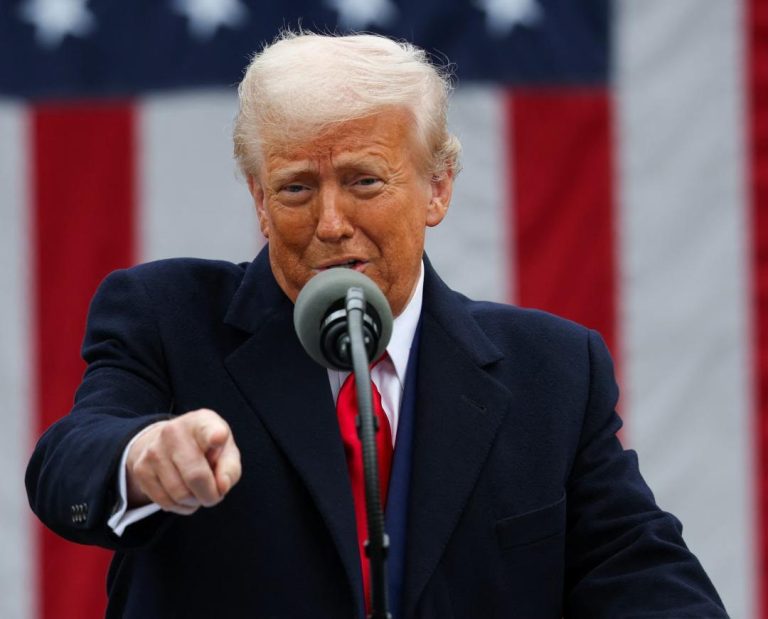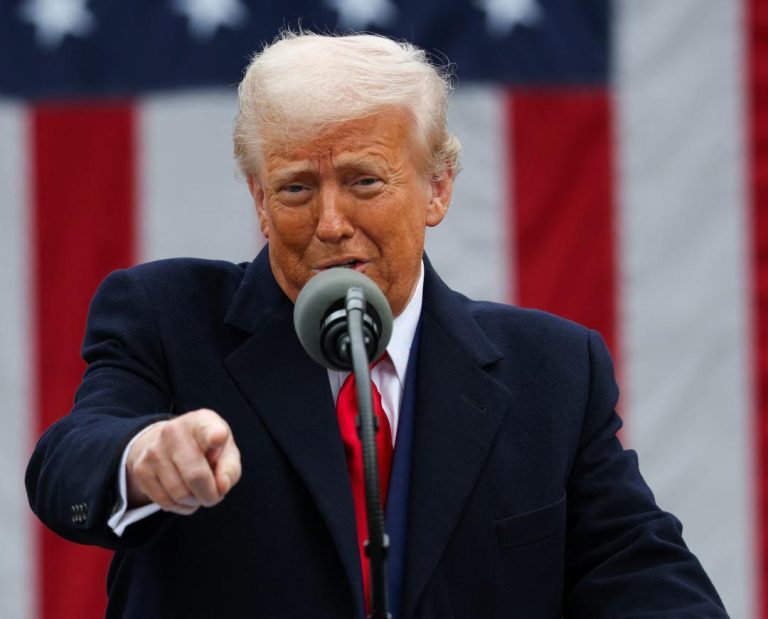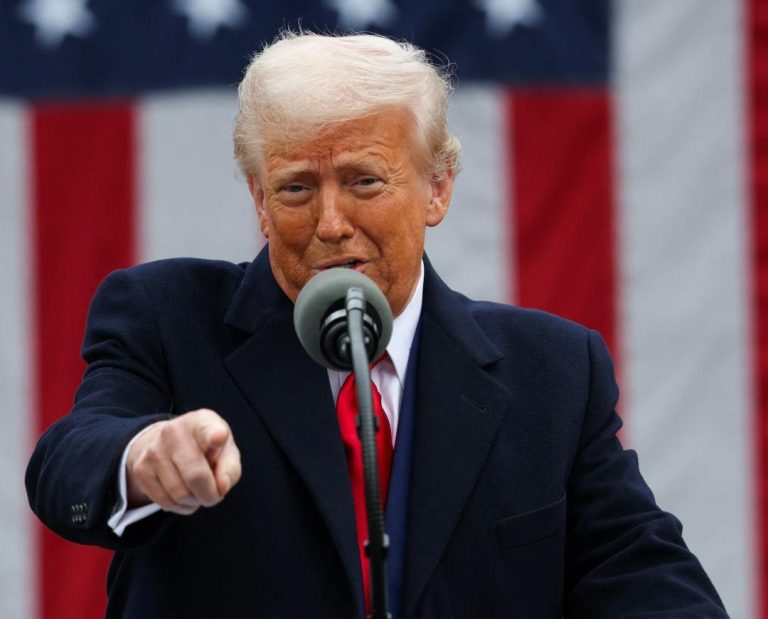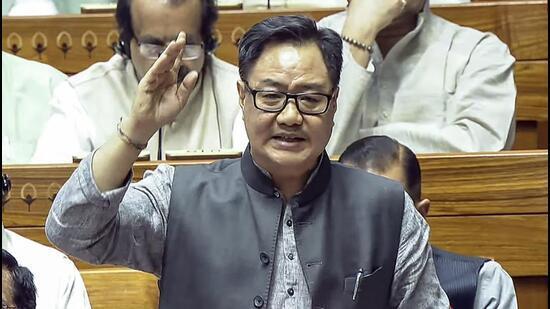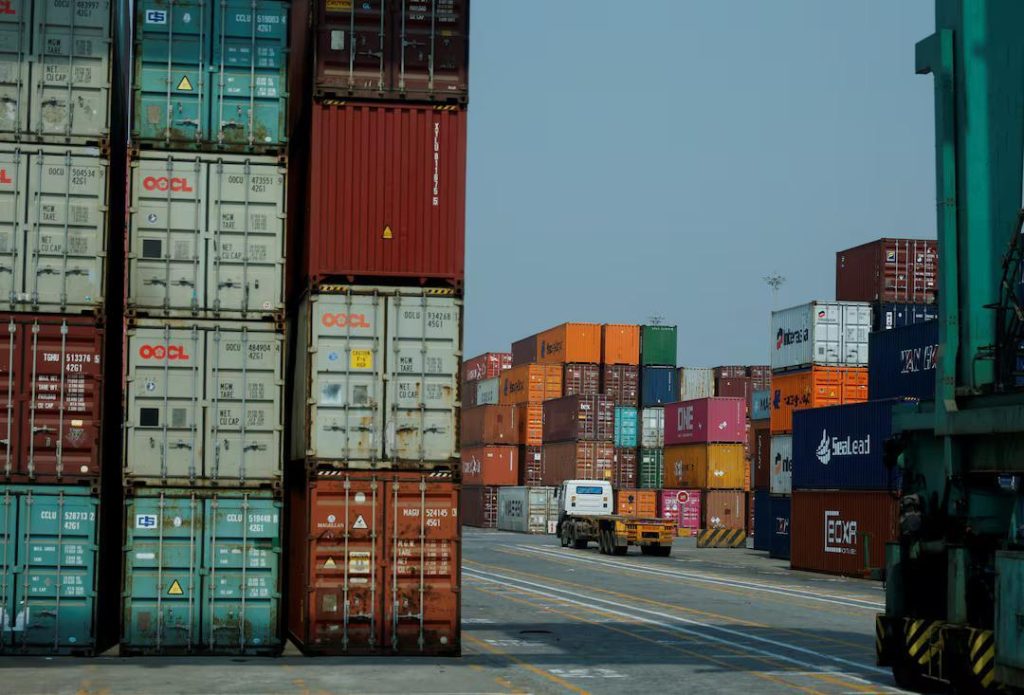
How will Trump’s 26% Reciprocal Tariffs Affect India’s Exports?
On April 3, 2025, the United States imposed 26% reciprocal tariffs on India, a move that has sent shockwaves across the Indian economy. The tariffs will affect various sectors, including electronic products and gems and jewellery, which are significant contributors to India’s exports. But how will this impact India’s exports, and what are the implications for the Indian economy?
To understand the impact of the tariffs, it is essential to look at the context. The US imposed the tariffs as part of its efforts to reduce its trade deficit with India. The US has been pressing India to increase its imports from the US and reduce its trade deficit with the country. India has been resisting these demands, citing concerns about the impact on its domestic industries and the need to maintain its economic sovereignty.
The tariffs will affect various sectors, including electronic products worth ₹1.19 lakh crore and gems and jewellery worth over ₹77,000 crore. These sectors are significant contributors to India’s exports, and the tariffs will likely lead to a decline in exports to the US. The tariffs will also make Indian products more expensive for US consumers, which could lead to a decline in demand.
However, not all sectors will be affected equally. India could expand or maintain its agricultural exports despite the US tariffs. Agricultural products such as rice, wheat, and basmati rice are not on the US tariff list, and India has been looking to increase its exports of these products to the US. The tariffs will not affect India’s exports of these products, which could provide a cushion against the impact of the tariffs.
Additionally, India has been diversifying its exports to other countries, including those in the Asia-Pacific region and the European Union. The country has also been increasing its exports to countries in Latin America and Africa. The tariffs will not affect these exports, which could provide a boost to India’s trade and economy.
India’s exporters are also exploring alternative markets to compensate for the decline in exports to the US. The country’s electronics industry, for example, is looking to increase its exports to countries in the Asia-Pacific region, including China, Vietnam, and Indonesia. The gems and jewellery industry is also looking to increase its exports to countries in the Middle East and Europe.
In addition to exploring alternative markets, India’s exporters are also looking to increase their competitiveness by reducing costs and improving product quality. The tariffs will provide an opportunity for Indian exporters to focus on reducing costs and improving product quality, which could lead to increased competitiveness in the global market.
The impact of the tariffs will also depend on the response of the Indian government. The government has been exploring various options to mitigate the impact of the tariffs, including imposing retaliatory tariffs on US products. The government has also been working to increase the competitiveness of Indian exporters by reducing regulatory barriers and improving infrastructure.
FIEO CEO Ajay Sahai has said that India is “much better placed” than other nations to withstand the impact of the tariffs. The country’s economy is diverse, and it has a strong manufacturing sector that can help offset the impact of the tariffs. Additionally, India has been increasing its exports to other countries, which could provide a boost to its trade and economy.
In conclusion, Trump’s 26% reciprocal tariffs will have a significant impact on India’s exports, particularly in sectors such as electronic products and gems and jewellery. However, India could expand or maintain its agricultural exports despite the tariffs, and the country’s exporters are exploring alternative markets to compensate for the decline in exports to the US. The impact of the tariffs will also depend on the response of the Indian government, which is exploring various options to mitigate the impact of the tariffs.
